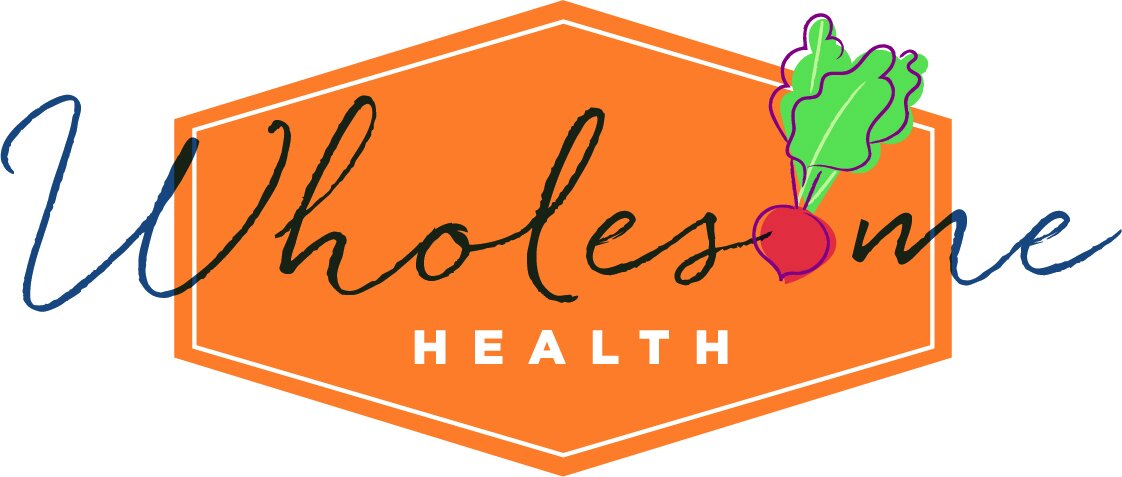Carbohydrates 101
Carbohydrates, or carbs, are found in a wide variety of foods. Carbs are often thought of as “bad,” but they are an important part of all diets. Over the next few weeks, I’ll share all that I know about carbs and why they are so good for us despite some of the fad diets out there. Today I’ll focus on why we need carbs, why they are important, what to look for on nutrition labels, and what foods to find them in.
What are carbs?
Carbs are a type of macronutrient found in food. A macronutrient is something your body needs in large quantities in order to work properly (protein and fat are the other two). There are three types of carbs:
Sugar - examples are glucose, fructose, lactose, and sucrose
Starch - long chains of glucose molecules that are eventually broken down into smaller glucose molecules (sugar)
Fiber - not digested the same way as sugars and starches, but important for digestive health
Why are carbs important?
The main function of carbs is to provide our bodies with energy. Carbs turn into sugar when they enter the body, then they can be used as energy immediately or stored in liver and muscle cells until needed. Fiber is not used as energy but serves as food for the good bacteria in our gut.
The low-carb diet trend started in 1972 with the Atkin’s Diet; several other low-carb diets have evolved since this time as well. Low-carb diets tend to result in quick weight loss, but they also have consequences because they often don’t provide the necessary nutrients that our bodies need.
Rather than drastically cutting carbs from your diet, it is helpful to consider the type of carbs being eaten. A typical American diet tends to be high in processed and refined carbs, such as white bread, sugary breakfast cereals, and chips. These foods can lead to weight gain or chronic diseases such as diabetes, fatty liver, and heart problems. But, if you choose less processed carbs, they are actually really healthy for you, as long as you are practicing portion control. Be sure to come back next week if you’d like to learn what types of carbs you should be including in your diet!
Sources of carbs
Carbs are found in many foods, including:
Grains - bread, rice, pasta, cereal, oatmeal, crackers, popcorn
Starchy vegetables - potatoes, corn, winter squash
Legumes - beans, peas, lentils
Fruit - apples, oranges. bananas, berries
Dairy - milk, yogurt, ice cream
Sweets - cookies, pastries, candy
Sugary drinks - sweetened coffee, soda, juice
Reading nutrition labels
Nutrition labels can be confusing, but if you’d like to know how many grams of carbs are in the food you’re about to eat, all you need to do is:
Check the “serving size” and total “servings per container”
Check the grams of “total carbohydrate”
Ignore the “% daily value” - these numbers are based off a standard 2000 calorie diet which isn’t appropriate for everyone
The grams of “total carbohydrate” listed on a nutrition label include “total sugars,” “added sugars,” and “dietary fiber”. Added sugars are one of the features of new nutrition labels and can help us discern between natural and added sugars in a product (we’ll talk more about this next week!).
As you can see, carbs are extremely important for our overall health and wellbeing; low-carb diets may work for some but are often too restrictive. Next week, we’ll dive deeper into the different types of carbs and discuss the healthiest ones that you should be eating.




